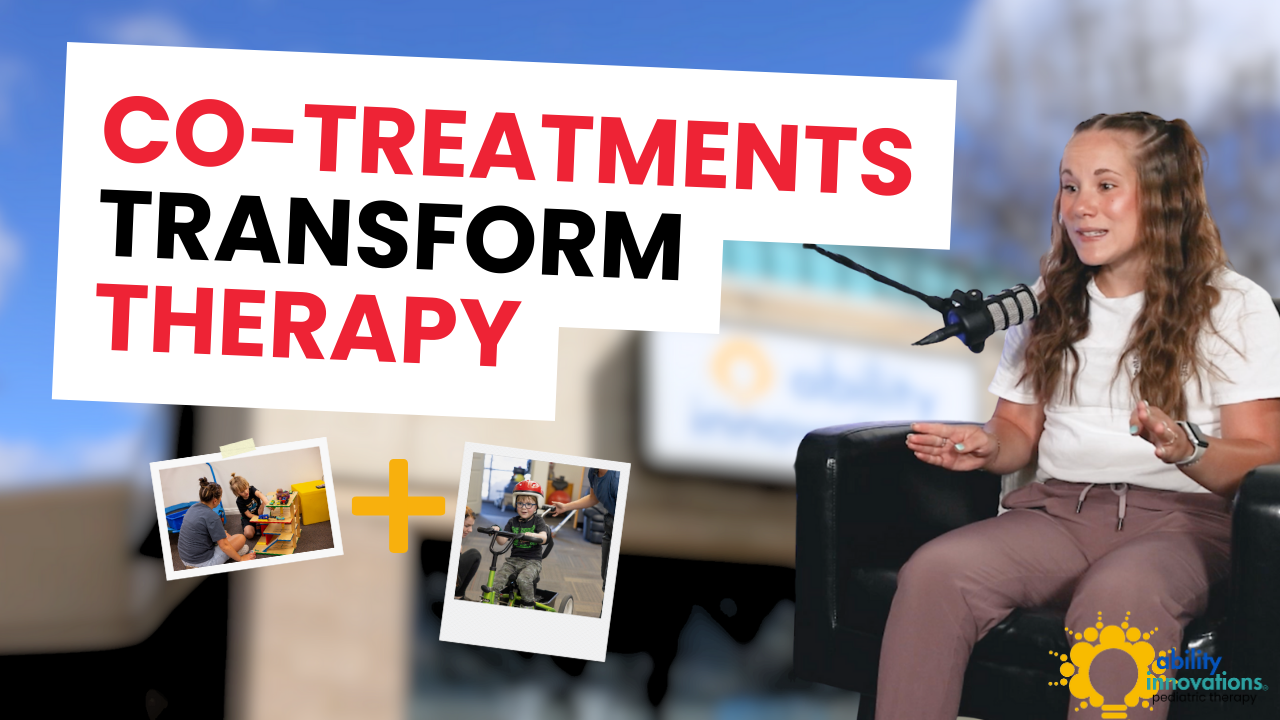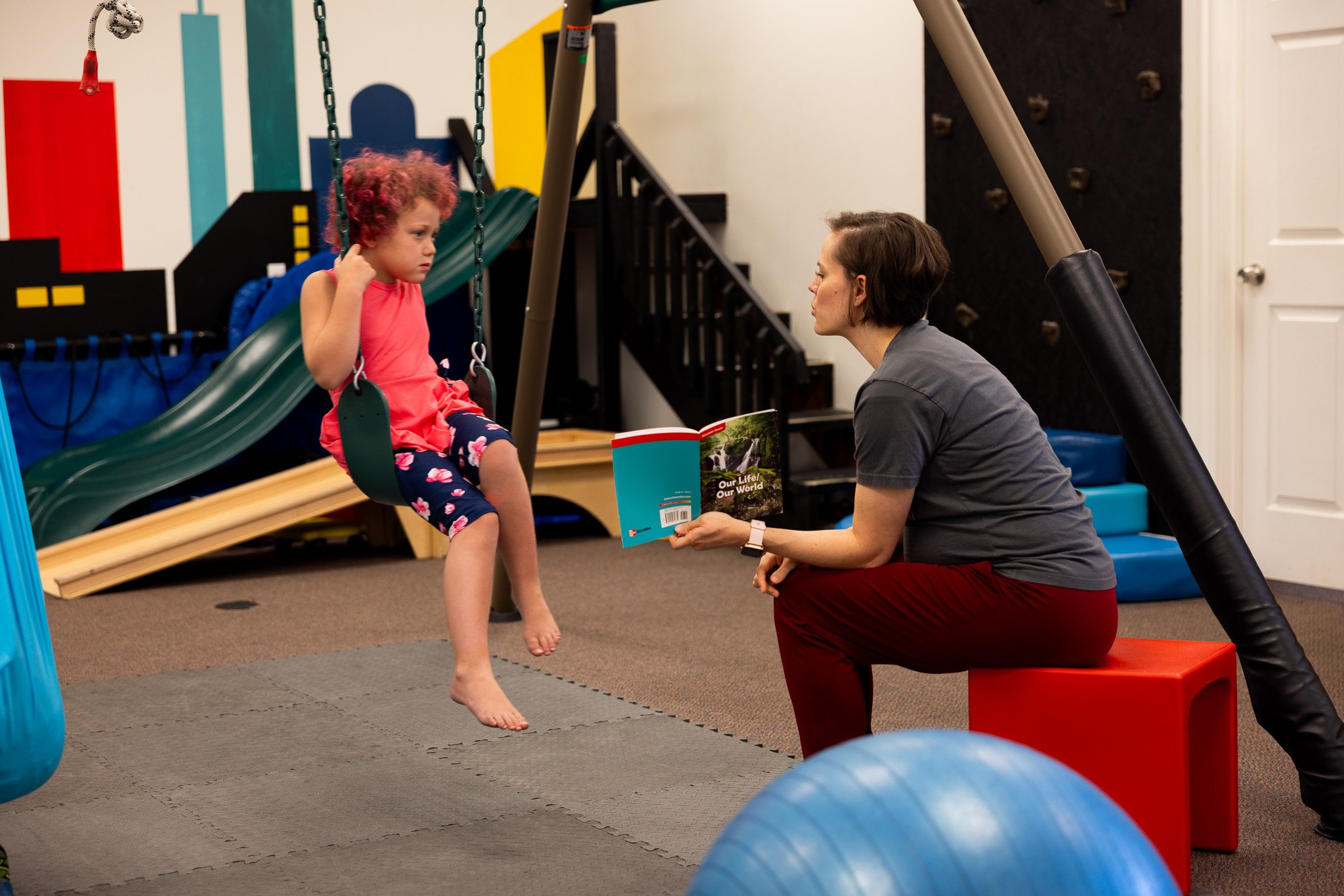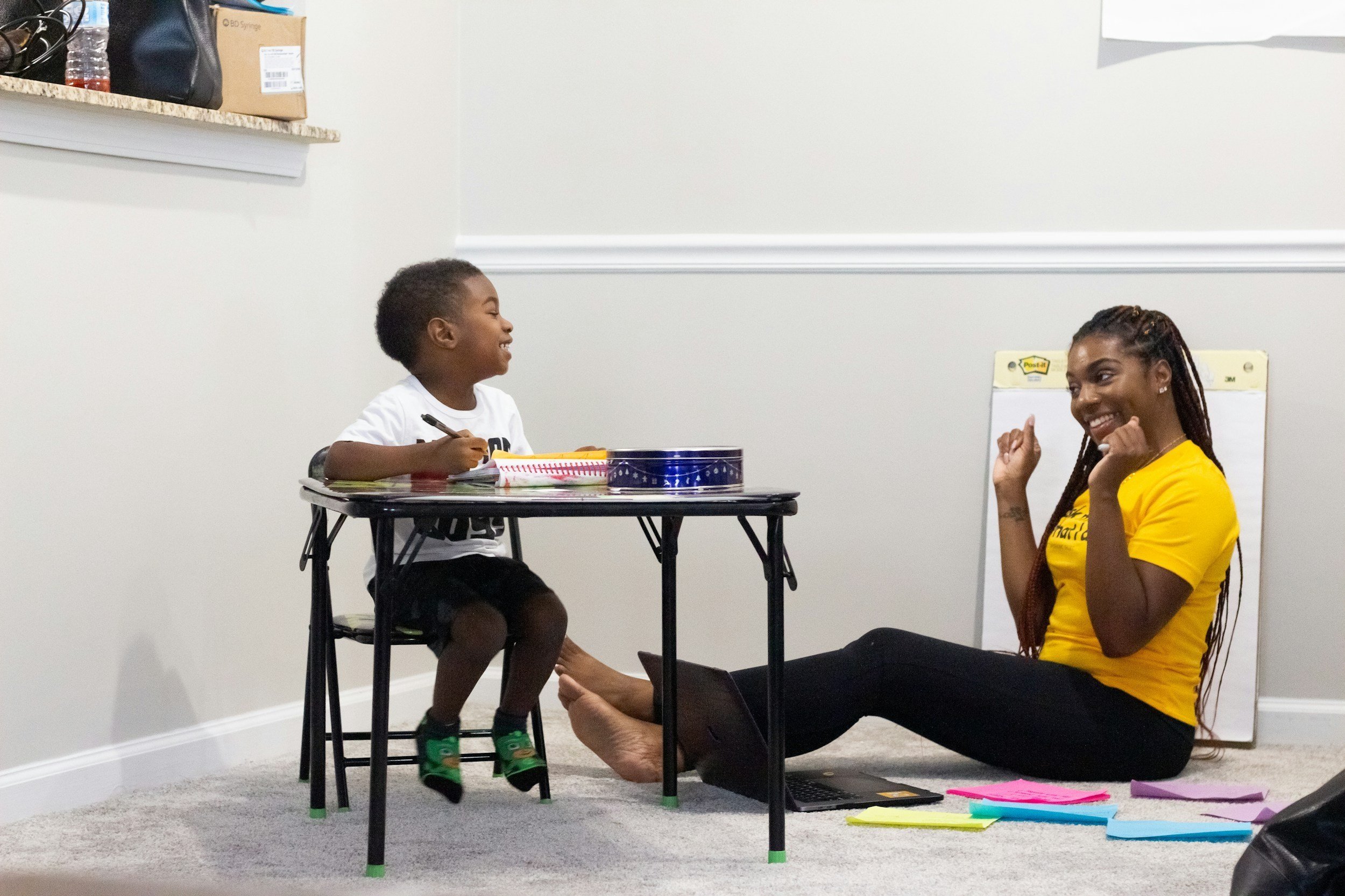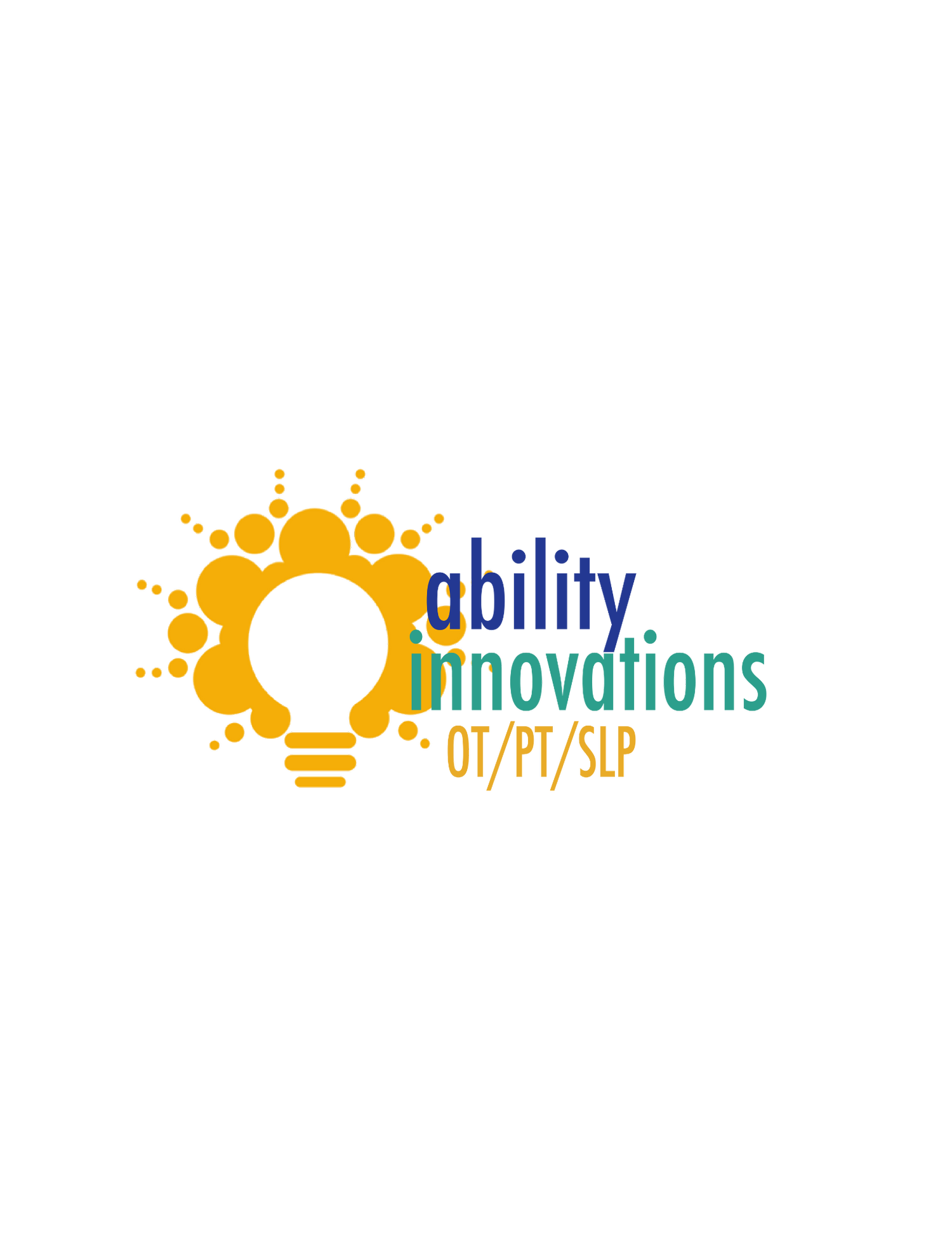
Why Parent Participation & Follow-Through Are the Keys to Success in Pediatric OT, PT, and Speech Therapy
When a child receives occupational, physical, or speech therapy, the goal is always the same: to help them build the skills they need to thrive in everyday life. Therapists play an essential role in assessment, treatment planning, and skill-building—but the progress a child makes during weekly sessions is only one piece of the puzzle. The biggest gains often happen between appointments, and that’s where parents and caregivers make all the difference.
Below is a look at why parent involvement matters so much, what it really looks like day-to-day, and how you can support your child’s therapy journey for the best possible outcomes.

Pre-Linguistic Skills: How to Teach Your Baby to Point, Wave, and Imitate Sounds
Learning to talk begins with several different foundational steps that you as parents can work on at home to support your child’s communication abilities.

Echolalia in Autism: Is My Child Just Repeating Phrases, and How Can We Build Spontaneous Language?
Some children frequently communicate by repeating lines from their favorite television shows, or directly imitating what others say to them. This form of communication is called echolalia. Echolalia refers to repeating words, phrases, or sentences spoken by others. It can occur immediately (right after hearing something) or be delayed (repeating something heard earlier — even hours, days, or weeks later).

Understanding Prelinguistic Skills: The Building Blocks of Communication
Before babies say their first words, they’re already busy learning how to communicate. These early skills — called prelinguistic skills — form the foundation for language development. By understanding and supporting these skills, caregivers can help children build strong communication abilities that will support them for life.

Articulation vs. Phonological Disorder – Why Your Child Says “Wabbit” for “Rabbit”
As children are growing and developing, it is common for development of some sounds to come quickly and for it to take more time to master other sounds—speech development is a gradual process! Many little ones go through a stage where their “baby talk” sounds adorable, like saying “tat” for “cat” or “wabbit” for “rabbit”. These errors can be part of early typical development as kids are learning how to coordinate their lips, tongue, and breath for clear speech. Sometimes it’s a simple developmental pattern that will fade with time, while in other cases, it may be a sign of an articulation or phonological disorder. If certain sound substitutions persist beyond the expected age range or make your child’s speech difficult to understand, it might be time to check in with a speech-language pathologist (SLP). SLPs have the background training and knowledge to help identify the reason for these errors in sound production. Understanding the difference between these two disorders can help you know when to seek extra support.

Is Your Child Getting the Best Speech Therapy Possible? Understanding the Private Practice Advantage
"Does your child need speech therapy? It's wonderful that public schools offer it, but is your child getting the attention they truly need?
At Ability Innovations, we offer what school settings often can't: One-on-one, consistent therapy built around your child. We don't believe in group sessions or once-a-month meetings.
Forget the boring worksheets and flashcards! We use the power of Play-Based Learning. We've created a vibrant environment where kids learn best—through fun and meaningful activities—so they can reach their full potential faster.
And unlike the school setting, you won't be left in the dark. We make Parent Involvement easy! You'll have direct access to your therapist every week to discuss goals, ask questions, and learn how to reinforce progress at home.
If you're ready for more dedicated attention, more consistency, and better results for your child’s speech, it’s time to reach out.
Contact Ability Innovations today for an evaluation and start your child on the path to confident communication!"

The Power of Two: How Co-Treatments Can Transform Your Child's Therapy
At Ability Innovations, our goal is to be interdisciplinary. We believe that by working together, we can provide better care and achieve greater success for the children we work with. According to Nick and Megan, co-treating offers several key benefits:
Better Outcomes: When two therapists from different specialties work together, a child often makes greater progress in both areas. The therapists can build on each other's work and augment the benefits of each session. For example, an OT might work on a child's core strength on a swing, while the SLP uses that regulated state to encourage communication and language skills.
Efficiency for Parents: Co-treating can significantly shorten the time a family has to spend at the clinic. Instead of attending two separate appointments, you can get two therapies in one session. This is a huge time-saver for busy families.
Holistic Care: Therapy isn't just about one specific skill; it's about helping a child function better in the world. By combining two disciplines, therapists can address multiple goals at once. Megan shared a great example of a scavenger hunt she did with an OT. While the child was working on fine motor skills and handwriting with the OT, Megan had them practice and write words that targeted their speech sounds.

Sensory Avoidance Vs. Sensory Seeking
In the world of occupational therapy, sensory processing plays a vital role in helping individuals navigate their daily lives. Two common sensory patterns—sensory avoidance and sensory seeking—represent opposite ends of the sensory spectrum. Sensory avoidance refers to individuals who are overwhelmed or distressed by certain sensory input, such as bright lights, loud noises, or specific textures. These individuals often withdraw from stimuli, preferring quiet, calm environments. In contrast, sensory seekers actively crave sensory input and may engage in behaviors like touching everything around them, making loud noises, or constantly moving.

Is Your Child Struggling? Here’s What to Know About Pediatric Speech Therapy
If you've ever wondered about the signs of a language delay in a child or the benefits of speech therapy, the video "What Is Pediatric Speech Therapy?" by Ability Innovations provides a helpful overview. The video focuses on pediatric speech therapy for children from birth to 21 years old and highlights a play-based approach to treatment.

From Speech Sessions to Superpowers: Empowering Parents Through Therapy Unmasked

Go-To Toys to Promote Language Development

SLP Insights from the NICU

Wh-Questions in Speech Therapy

Promoting Early Language Development Through Outdoor Activities

The 9 Areas of Speech-Language Pathology

Encouraging Early Language Development Through Daily Routines

Using Common Household Objects to Enhance and Elicit Speech and Language Development

Does My Child Need More Speech Therapy?

Multisensory Experiences for Improved Language Development

Hodson’s Cycle Approach: Why I Love It and Why It’s Great for So Many Kids
If your child is highly unintelligible or has multiple phonological patterns, Hodson’s Cycles can help them become more understandable quickly. Here are some of the reasons I love this approach:
Quick Improvement: By focusing on primary speech patterns that impact overall intelligibility, we often see faster results.
Suitable for Young Children: It works for kids as young as 3 years old.
Personalized Targets: We select specific patterns and words tailored to each child, usually only 4-5 words instead of a long list of words.
Word-Level Focus: We only need to work at the word level to see improvements.
Generalization: Working on specific patterns or sounds often improves other sounds that aren’t directly targeted.
Phonological Awareness: Hodson’s cycles includes phonological awareness activities that may boost literacy outcomes.
Fun and Fast: The method is engaging and can be done quickly.

